搜索结果: 'ipsc'
-
 STEMdiff™心肌细胞维护试剂盒 用于长期维持人类 PSC 衍生心肌细胞的培养基
STEMdiff™心肌细胞维护试剂盒 用于长期维持人类 PSC 衍生心肌细胞的培养基 -
 CD34+祖细胞重编程试剂盒 包含从外周血中分离和扩增CD34+祖细胞及将其重编程为iPS细胞的工作流程
CD34+祖细胞重编程试剂盒 包含从外周血中分离和扩增CD34+祖细胞及将其重编程为iPS细胞的工作流程 -
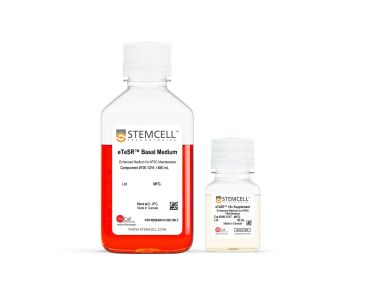 eTeSR™ 稳定的、无饲养层的培养基,适用于人类多能干细胞的单细胞传代
eTeSR™ 稳定的、无饲养层的培养基,适用于人类多能干细胞的单细胞传代 -
 mFreSR™ 用于人胚胎干细胞和诱导多能干细胞的无血清冻存液
mFreSR™ 用于人胚胎干细胞和诱导多能干细胞的无血清冻存液 -
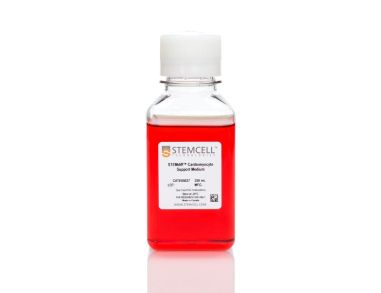 STEMdiff™心肌细胞支持培养基 用于复苏和培养 hPSC 衍生心肌细胞的培养基
STEMdiff™心肌细胞支持培养基 用于复苏和培养 hPSC 衍生心肌细胞的培养基 -
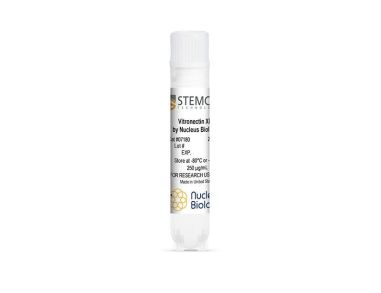 Vitronectin XF™ 成分明确的无异源基质,支持人多能干细胞在无血清、无饲养层条件下的生长和分化。
Vitronectin XF™ 成分明确的无异源基质,支持人多能干细胞在无血清、无饲养层条件下的生长和分化。 -
 一拖四扩展电源线
一拖四扩展电源线四个扩展接头可以最多给四个 PBS-MINI MagDrive 生物反应器
-
 温和细胞解离试剂 cGMP,无酶细胞解离试剂
温和细胞解离试剂 cGMP,无酶细胞解离试剂 -
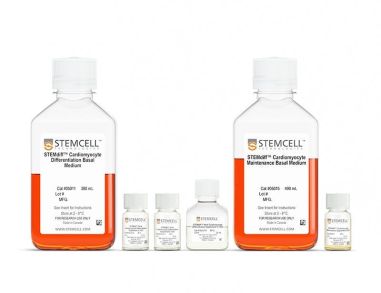 STEMdiff™ 心房肌细胞分化试剂盒 用于将人PSC分化为心房肌细胞的无血清培养基试剂盒
STEMdiff™ 心房肌细胞分化试剂盒 用于将人PSC分化为心房肌细胞的无血清培养基试剂盒 -
 STEMdiff™ 心肌细胞铺板补充剂
STEMdiff™ 心肌细胞铺板补充剂人多能干细胞来源的心肌细胞在冻融及收获后提高铺板效率的专用补充剂


 EasySep™小鼠TIL(CD45)正选试剂盒
EasySep™小鼠TIL(CD45)正选试剂盒




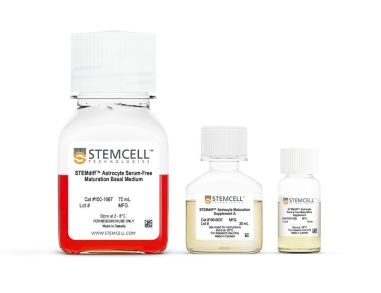

 沪公网安备31010102008431号
沪公网安备31010102008431号